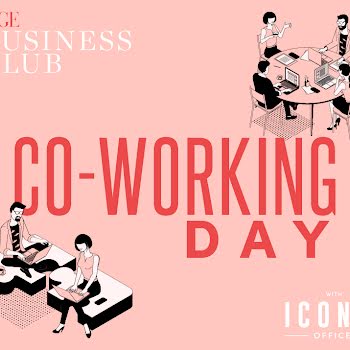
By Caroline Foran
06th Feb 2018
06th Feb 2018
Sometimes imagining the worst, and working back from there is the best thing to do. This so-called ‘fear hacking’ is a time-tested remedy for coping in difficult situations says Caroline Foran.
When things get difficult in life – or when we face a challenging decision – we’re told more often than not to just ‘think positive’. It’s considered unhealthy to entertain negative thoughts, based on the consensus that what you think, you become. If you think positive, it’s thought, positive things will happen, etc. But what if it doesn’t? What if your negative gut instinct was valid? In my experience, forcing yourself to only think positive and bury all concern isn’t always as healthy as it sounds; you have your worries for a reason. Take a new job offer, for example. You could imagine it going brilliantly and working out even better than you’d hoped. You could tell the voice of doubt within you to ‘shush now and don’t be ridiculous’. But what if, when you get there, it’s not what you expected? What if you regret the decision you’ve made? In these instances, it actually helps to indulge our negativity bias. The negativity bias is a psychological term for the fact that humans, as a mode of survival, are primed to think negatively. Imagine yourself in hunter-gatherer times; if you were to assume that everything would work out hunky dory as you roam the land for your next meal, you’d likely be gobbled up by something higher up the food chain. Worrying prepares us for likelihoods. Ultimately, it keeps us alive. Thinking negative can be unhelpful in modern times – where our chances of being eaten by predators are largely reduced – but it can also protect your emotional security. It can draw your attention to something important – such as ‘are you sure you want to work with this person?’, meaning that nothing can sneak up on you or take you by surprise.
Some refer to this counterproductive-sounding-but-actually-quite-helpful exercise as fatalism or controlled catastrophic thinking. I think of it as fear hacking; making your negative thoughts work for you rather than against you.
How to do it? In a controlled manner – and by controlled I mean you sit down and decide to allow yourself the room to visualise the worst case scenario – you follow your thoughts through to the worst possible conclusion. You ask ‘what if’ questions; what if this actually happened? What would you do? What are you most afraid of? Could you handle it? Is it really that bad when you consider it? What will be your next step if this does happen? What are your options? This prepares you for all eventualities – and the chances of the worst case scenario coming to fruition is always rare – and it gives you a confidence boost to proceed knowing you’ve considered things from every angle. What’s more, it prevents worries and concerns for popping up later on at an inopportune time – such as when you’ve already started the new role – and taking you by surprise. By actively allowing for negativity – as a tool for confidence – you prevent your thoughts from snowballing.
Your best bet is to engage in some ‘fear hacking’ in the earlier part of the day when you are more emotionally equipped to consider all eventualities. You might have noticed that when you indulge in worrisome thoughts at night, it can be hard to keep a lid on them. This will help curb this tendency at night because you will be able to say ‘well, I’ve already considered everything that could go wrong, so I can park that now and have a good night’s sleep’.
This is a tool I use time and time again, forming part of my Confidence Kit. It’s realistic and practical and ideal for anyone who’s ever rolled their eyes at the suggestion to throw all concern out the window and just ‘think happy thoughts’. The Confidence Kit is Caroline Foran’s second book, due for release on May 17th. Pre-order it here.























